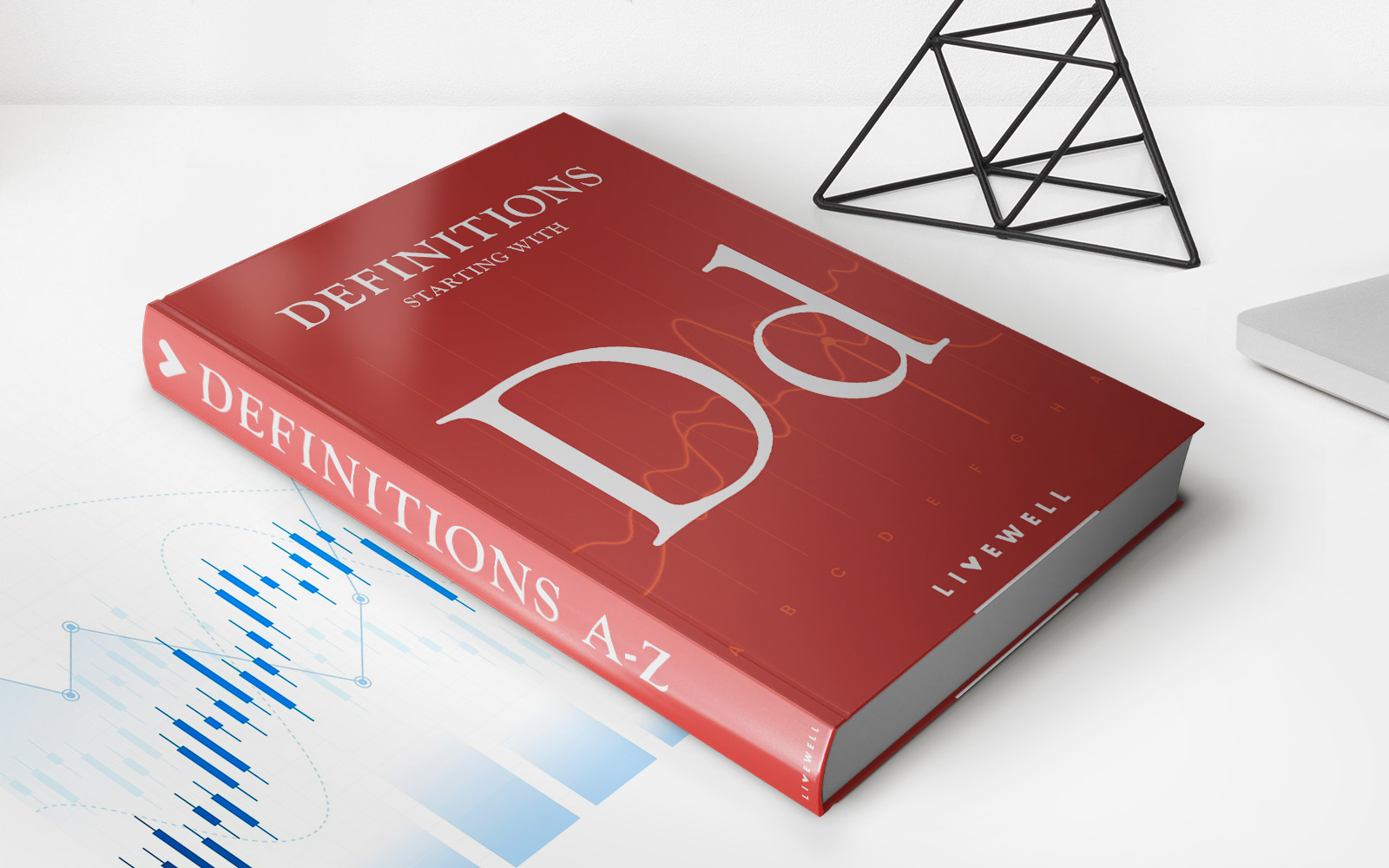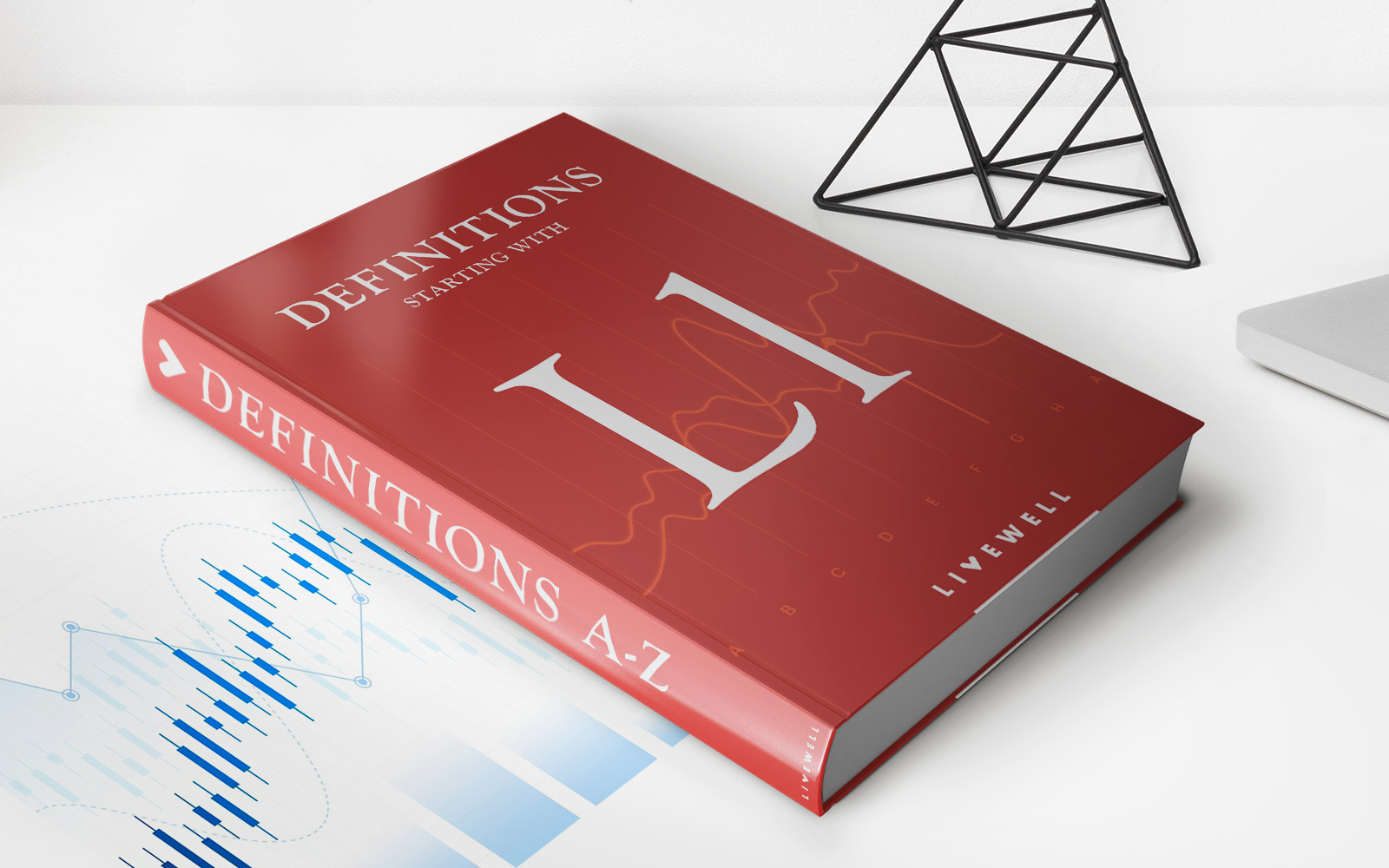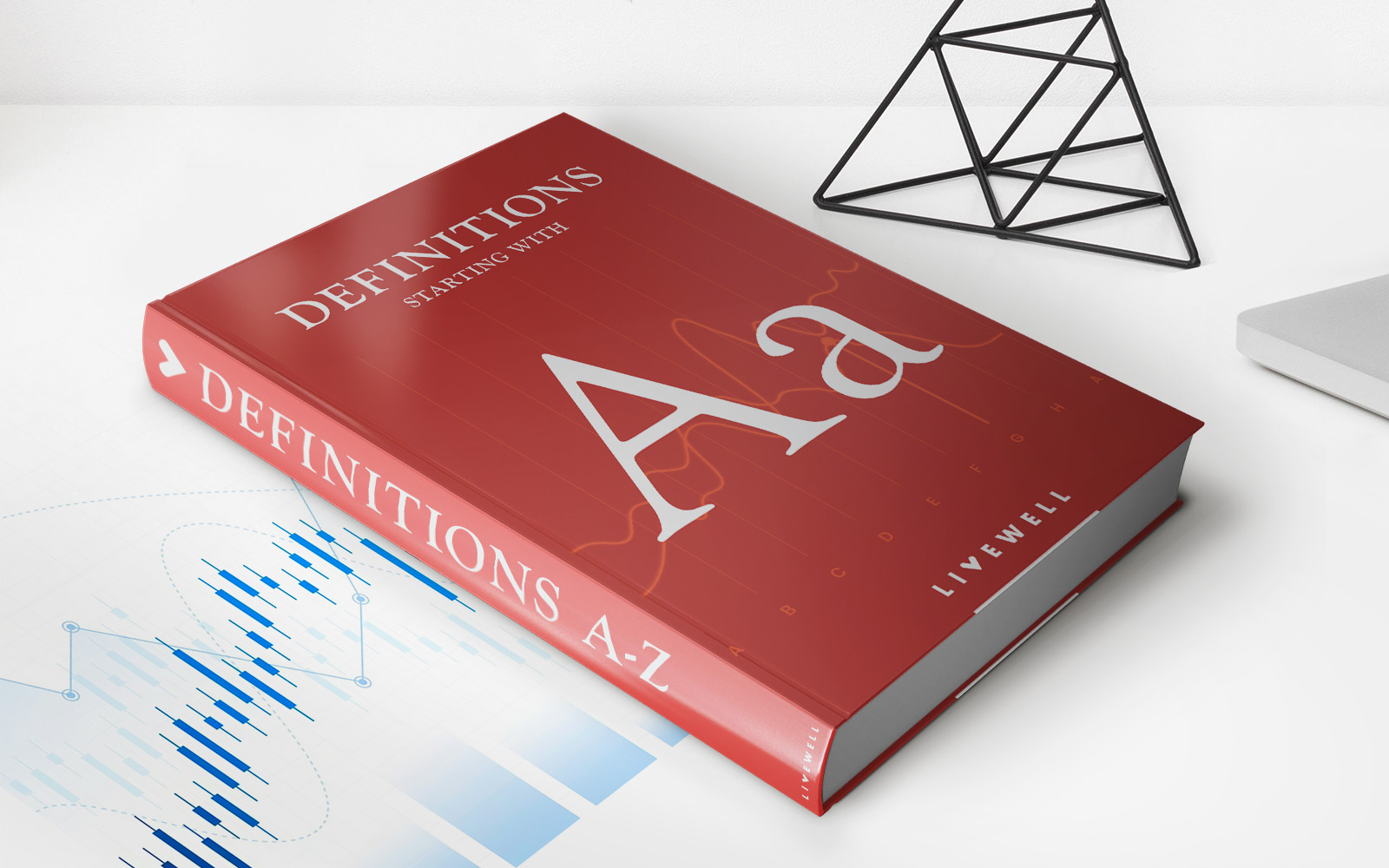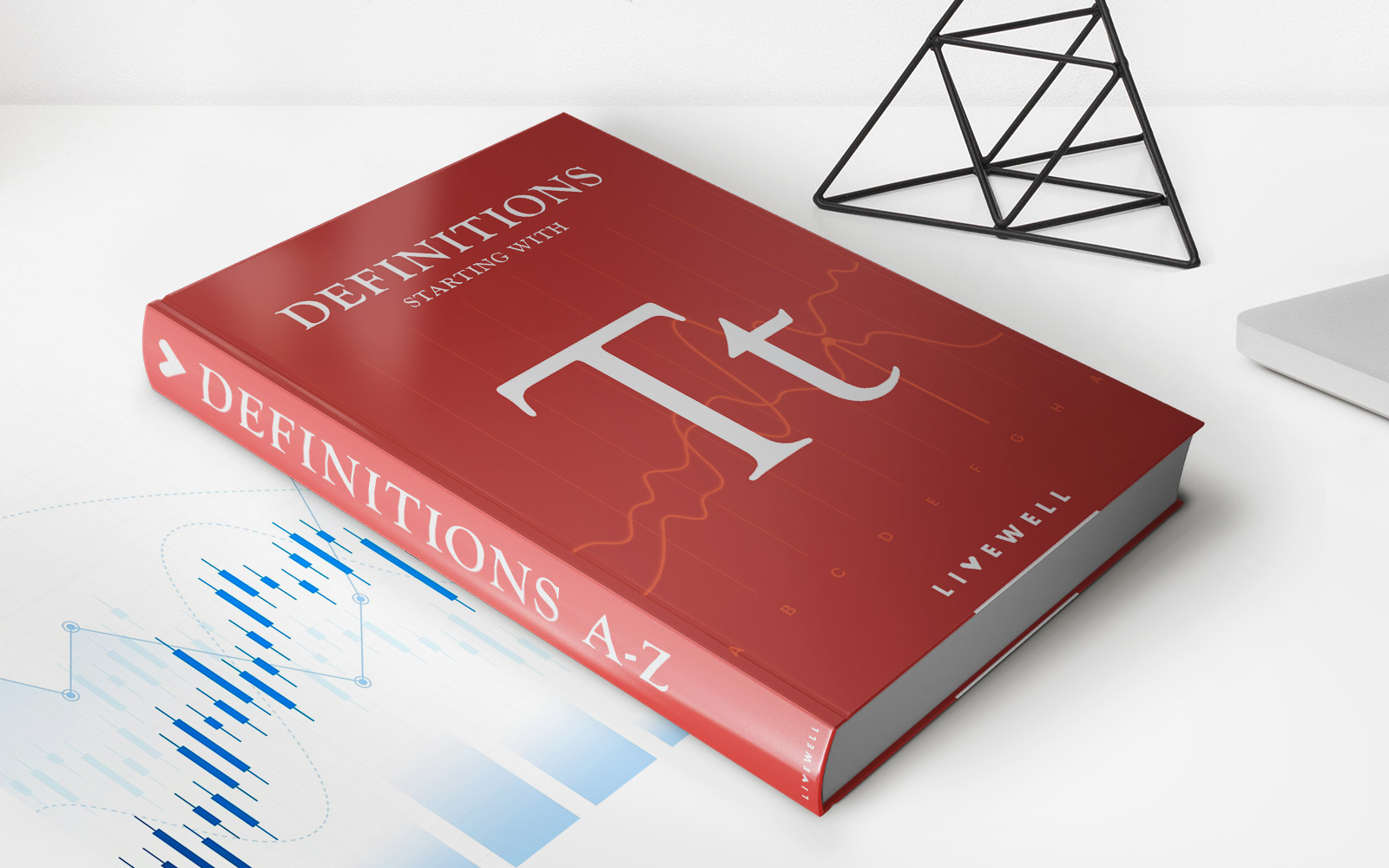Home>Finance>Transfer Payment: Definition, Types Of Transfers, And Examples
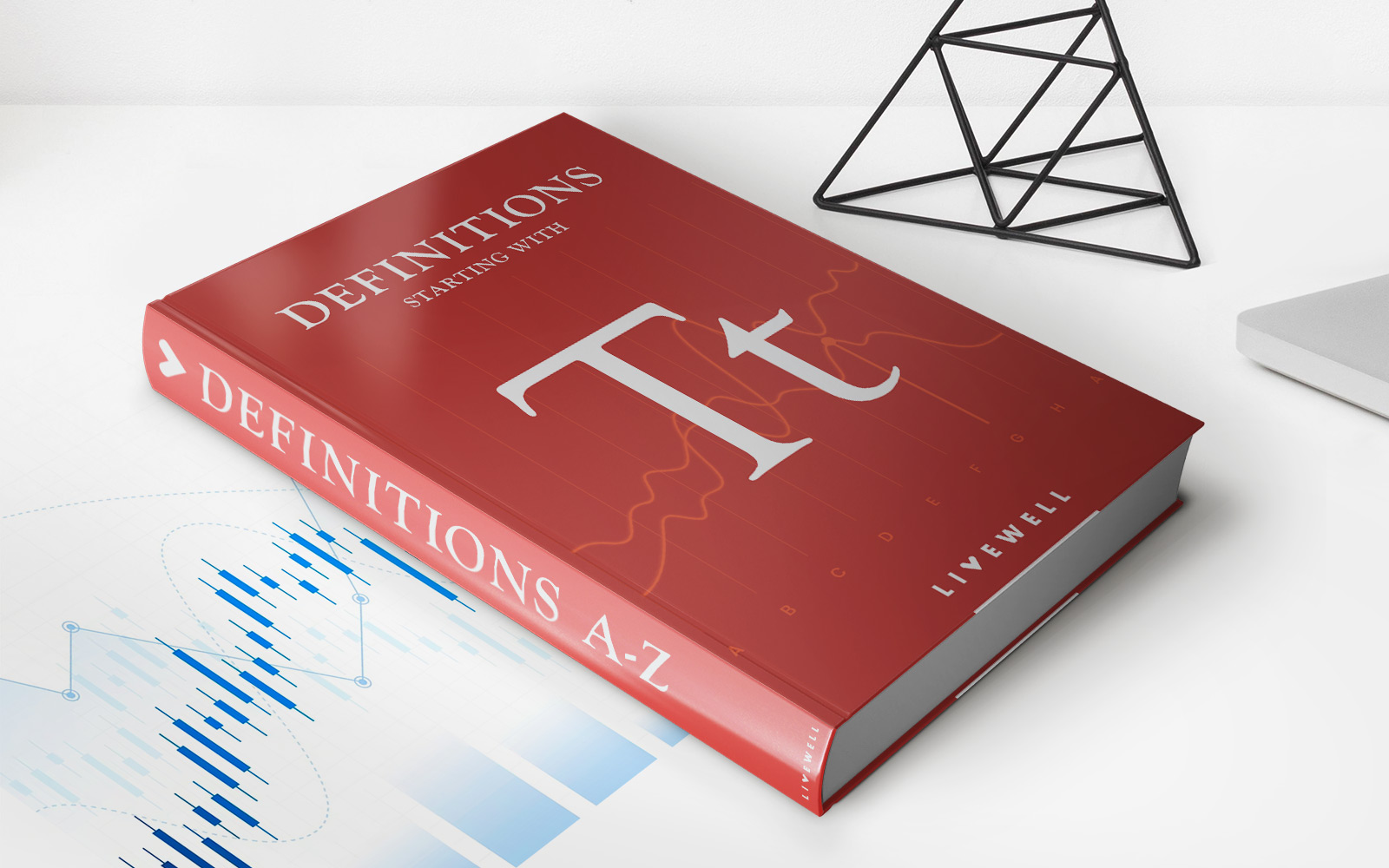

Finance
Transfer Payment: Definition, Types Of Transfers, And Examples
Published: February 10, 2024
Learn all about transfer payments in finance, including their definition, types, and examples. Explore how these transactions play a significant role in economic systems.
(Many of the links in this article redirect to a specific reviewed product. Your purchase of these products through affiliate links helps to generate commission for LiveWell, at no extra cost. Learn more)
Transfer Payment: Definition, Types of Transfers, and Examples
Welcome to our FINANCE blog! In this post, we will be exploring the fascinating world of transfer payments. Whether you’re a finance enthusiast or simply curious about how money moves around, you’ve come to the right place. In this comprehensive guide, we will define transfer payments, discuss the different types of transfers, and provide real-life examples to help you understand the concept better. So, let’s dive in!
Key Takeaways:
- Transfer payments refer to the act of transferring money or resources from one party to another without expecting any direct economic benefit.
- There are two main types of transfer payments: government-to-individual transfers and government-to-government transfers.
What are Transfer Payments?
Transfer payments, in simple terms, are monetary transactions or resource transfers that do not involve the exchange of goods or services. These payments are often made by governments or organizations to individuals, other governments, or even non-governmental entities. Unlike regular payments for goods or services, transfer payments do not result in any direct economic benefit to the payer.
Types of Transfer Payments:
Transfer payments can be broadly classified into two main types:
- Government-to-Individual Transfers: These transfers are made by governments to individuals or households to support their well-being or provide financial assistance. Examples of government-to-individual transfers include social security payments, welfare benefits, unemployment benefits, and pensions.
- Government-to-Government Transfers: These transfers occur when one government provides financial aid or assistance to another government. Such transfers are often made to support developmental projects, humanitarian causes, or to foster diplomatic relations. Foreign aid, grants, and disaster relief funds are common examples of government-to-government transfers.
Real-Life Examples:
Let’s take a look at some real-life examples of transfer payments to help illustrate their practical applications:
- A government providing financial assistance to unemployed individuals to help cover basic living expenses.
- A developed country providing aid to a developing country for infrastructure development.
- A college student receiving a scholarship from a charitable organization to support their education.
These examples showcase how transfer payments play a significant role in redistributing wealth, ensuring social welfare, and fostering international relations.
In Conclusion:
Transfer payments are an important aspect of modern economies and governmental policies. They enable the redistribution of wealth, provide financial support to individuals, and foster relationships between governments. Understanding the different types of transfer payments and their real-life examples helps us gain insight into the complex mechanisms that shape our financial systems. We hope this guide has provided you with a clearer understanding of transfer payments and their significance in the world of finance.

